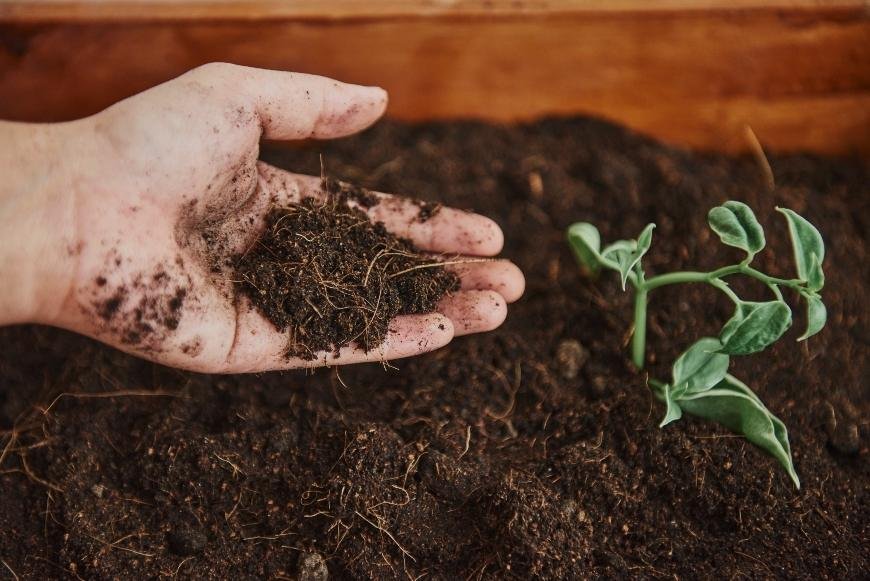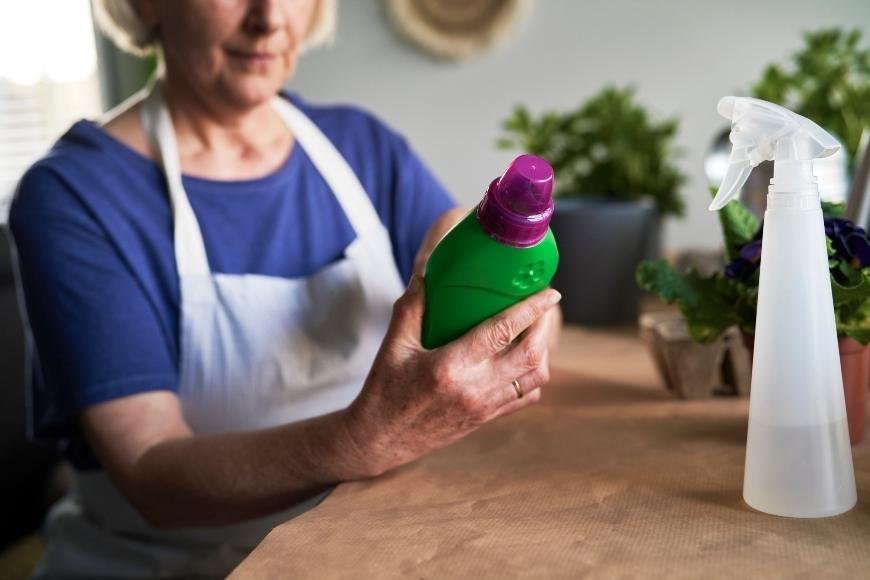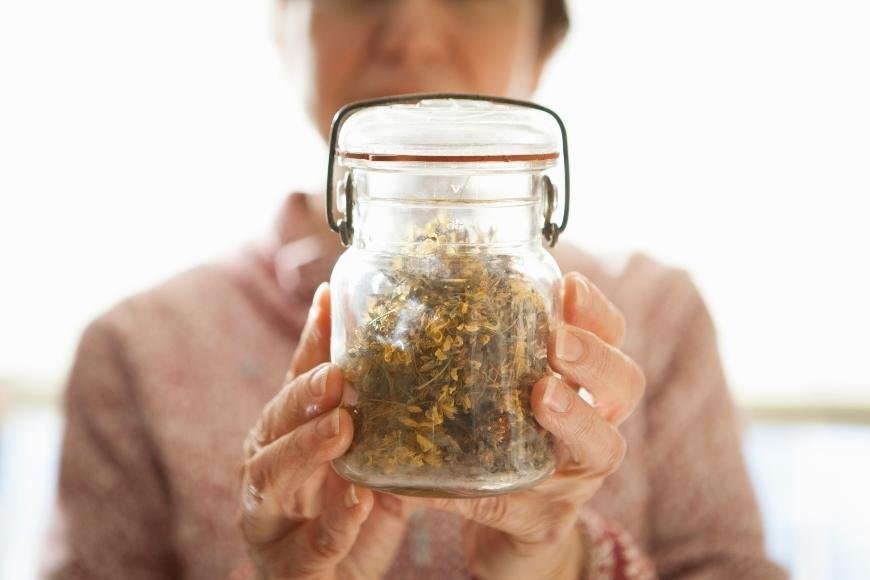How to Grow Damiana
Learn how to grow Damiana with our guide, covering location, planting, growth monitoring, harvesting and storage for this tropical medicinal plant.

If you're looking to cultivate Damiana, this guide will provide an in-depth look into the necessary considerations for successful growth. This shrub, scientifically named Turnera diffusa and commonly known as Damiana, is a deciduous member of the Turneraceae family with long-standing medicinal applications.
In this comprehensive guide on how to grow Damiana plants, we'll explore key aspects such as choosing the perfect location for your plant's optimal growth and ensuring proper nutrient supply. Additionally, we will delve into essential tips on planting and caring for your Damiana plants during their germination period and beyond.
Moreover, our expert advice will help you monitor growth effectively while addressing any factors that may affect it. Finally, we'll discuss harvesting techniques and storing methods so that you can make the most of your homegrown Damiana plants.
Table of Contents:
- Choosing the Right Location
- Planting and Caring for Damiana
- Monitoring Growth
- Harvesting Damiana
- Storing Damiana
- FAQs in Relation to How to Grow Damiana?
- Conclusion
Choosing the Right Location
When growing Damiana, selecting the right location is essential for optimal growth and flowering. The tropical plant, also known as Turnera diffusa or “Damiana” in Spanish, requires a warm climate to thrive and reach its full potential. It is best suited for areas with temperatures between 68°F and 86°F (20°C - 30°C). To ensure successful germination, the seeds must be kept at a temperature between 68°F and 86°F (20°C - 30°C).
In terms of sunlight requirements, it should be noted that Damiana prefers at least 6 hours of direct sunlight per day in order to flower properly. If grown indoors using artificial lighting, make sure you are providing your plants with adequate light levels by investing in high-quality LED grow lights specifically designed for indoor cultivation.
Enriching the soil with a standard flower fertilizer prior to planting is an absolute must for optimal Damiana growth, and you should opt for potting mix specifically designed for outdoor culture when growing in pots or containers. Doing so will provide your plants with higher amounts of essential nutrients such as nitrogen, phosphorus and potassium which are key ingredients in promoting healthy root development over time. This will eventually result in stronger overall plant health that can be sustained throughout its life cycle.
When choosing the right location for growing Damiana, it is important to consider factors such as sunlight and soil quality. Now that you have chosen a suitable spot, let's move on to planting and caring for your Damiana plants.
Planting and Caring for Damiana

Planting Damiana:
The best time to plant damiana is during the spring or early summer. Choose a sunny location with well-draining soil and dig a hole twice as deep and wide as the root ball of your damiana plant. Place it in the hole, backfill with soil, then water thoroughly. You can also start plants from cuttings taken from existing plants or purchase young seedlings at your local garden center.
Watering Damiana:
Once planted, water regularly so that the soil remains moist but not soggy. It’s best to avoid frequent shallow watering; instead give them a good soaking every few days when needed. During periods of drought, you may need to increase watering frequency for optimal growth and health of your damiana plants.
Fertilizing Damiana:
For optimal growth, fertilize your damiana plants every two weeks using an all-purpose fertilizer formulated for flowering annuals. Follow package directions for application rates and timing based on size of your planting area and type of fertilizer used.
Proper care and maintenance is essential for growing a healthy Damiana plant. Providing the correct environment is key to allowing your Damiana plants to reach their full potential. Consequently, regular observation is necessary to identify any issues promptly before they worsen.
Monitoring Growth
When it comes to tracking the development of Damiana, there are certain elements that should be observed. The first is signs of disease or pests. If any abnormalities are seen in the plant's appearance, such as discoloration on the leaves, spots or wilting, this should be investigated to determine if something is amiss. Additionally, check for any small insects crawling around on the plant or near its base as these can cause significant damage if left unchecked.
Another important factor when monitoring growth is assessing leaf and stem size. This will give you an idea of how healthy your Damiana is growing and whether it’s getting enough nutrients from its environment. Look for larger leaves with vibrant colors as this usually indicates strong health; conversely, smaller leaves with duller hues suggest that your plant may not be receiving enough sustenance from its surroundings.
Pruning is essential for maintaining healthy shape and promoting bushier growth in most varieties of damianas. Prune off any dead branches or stems after flowering has finished each year by cutting just above where they join other stems or branches; this will encourage new shoots to form along the length of each stem resulting in fuller, more compact bushes over time. It is recommended that no more than one third total foliage be removed per season for most varieties.
Finally, pay attention to how much new foliage has sprouted since last inspection; this will provide insight into how quickly (or slowly) your Damiana is developing over time. Be sure to take note of all changes so that you can adjust accordingly should anything seem off balance or amiss during subsequent visits.
Keeping an eye on the development of your plants is essential for their wellbeing and progress. Now that you have a better understanding of how to monitor growth, let's move on to harvesting Damiana.
Harvesting Damiana
Harvesting Damiana is a delicate process that requires patience and precision. It’s important to know when the plant is ready for harvest, how to do it safely, and how to store it correctly.
The optimal time for harvesting Damiana is when the leaves have turned a deep green color and are slightly dry. The flowers should be fully bloomed with a yellowish-white hue. Once you’ve identified that your plants are ready, you can begin harvesting them by cutting off the stems at their base or plucking off individual leaves.
When handling your harvested Damiana, take care not to bruise or damage the leaves as this will reduce its potency over time. If possible, wear gloves while harvesting in order to keep oils from transferring onto the plant material which can also reduce its quality if stored improperly.
Once you've procured your desired Damiana, ensure to don gloves in order to prevent oils from transferring onto the plant material. Take care not to crush or harm the foliage, as this could reduce its strength with time.
Harvesting Damiana is an important step in the process of cultivating this unique plant. Proper preservation of Damiana can help to prolong its potency and keep it viable for longer. Storing Damiana correctly will help to maximize its effects when consumed.
Storing Damiana

When it comes to storing Damiana, the most important thing is preserving its potency and freshness. To ensure its potency and freshness are preserved, store Damiana in an airtight container away from direct sunlight and moisture. If you are looking for a more long-term storage solution, consider freezing your harvested Damiana leaves or flowers. Storing Damiana leaves or flowers in the freezer is a great way to ensure they stay potent and usable for whenever you need them.
If you plan on using your Damiana later after harvesting, make sure that the leaves are completely dry before putting them into an airtight container. This will prevent mold growth which can damage the potency of your herbs over time. To ensure proper drying, spread out the harvested leaves or flowers on a flat surface in a cool place with low humidity levels (like a basement). Make sure they have enough space between each other so that they don’t touch each other while drying out; this will help speed up the process without compromising quality or potency. Once fully desiccated (usually taking around two days), store in an opaque glass receptacle away from direct sunlight and dampness until ready for utilization.
For those who wish to save their Damiana for later use, but do not have access to a freezer, there are still viable options available. Short-term storage solutions can be found in the form of vacuum sealing bags or mason jars with tight lids that can be stored at room temperature if kept away from light sources such as windowsills and countertops near heaters/AC units; however, these methods will not preserve flavor or potency quite like freezing would. To ensure maximum preservation of quality and taste when using this method, store your harvested herbs in Tupperware containers specifically designed for food preservation purposes only.
Ultimately, whatever method you choose just remember one thing: keep your precious herb safe. Whether through freezing, vacuum sealing bags or simple mason jars with tight lids - all three options should work just fine if done correctly so go ahead and experiment until finding what works best for both taste/smell preservation along with longevity purposes too.
FAQs in Relation to How to Grow Damiana?
How do you grow damiana?
Damiana (Turnera diffusa) is an aromatic shrub native to Central America and Mexico. To grow damiana, start by obtaining cuttings from a healthy plant or buying seeds. Plant the cutting in well-draining soil with plenty of organic matter and full sun exposure. Water regularly but make sure not to overwater as this can lead to root rot. Prune the plant occasionally for better air circulation and more growth potential. Fertilize once every two weeks using a balanced fertilizer mix during active growing season for best results. Harvest leaves when they are at their peak potency, usually just before flowering occurs in late summer or early fall months depending on climate zone.
How long does it take to grow damiana?
Damiana can be grown relatively quickly and easily, with a full harvest typically taking between two to three months. It is best planted in well-draining soil that has been enriched with organic matter such as compost or manure. Damiana requires regular watering during the growing season but should not be overwatered; it prefers dry conditions during dormancy. Damiana should be placed in a location with direct sunlight for 6 or more hours per day to maximize growth and flowering.
What plant hardiness zone is damiana?
Damiana (Turnera diffusa) is a small shrub native to Mexico, Central America and the Caribbean. Damiana is able to survive in areas where the temperature drops as low as 20°F (-6°C), which covers USDA Hardiness Zones 9-11. Damiana prefers full sun and sandy soil with good drainage. This plant cannot endure frigid temperatures and should be shielded from frost or cold weather. It also needs regular watering to stay healthy.
What is the best soil for damiana?
Damiana (Turnera diffusa) is a shrub native to Mexico and Central America that has been used as an herbal remedy for centuries. The best soil for damiana is one that is light, well-draining, and rich in organic matter such as compost or manure. It should also be slightly acidic with a pH between 6.0 - 7.5, although it can tolerate more alkaline soils if they are amended with sulfur or other acidifying materials. To ensure optimal growth, damiana requires moist soil that is not overly saturated with water.
Conclusion
Growers of damiana can look forward to a rewarding experience with this plant. With the right location, proper planting and care, monitoring growth, harvesting at the optimal time and storing correctly for maximum freshness - you'll have an abundance of damiana that is sure to please. Growing Damiana can be a great way to enjoy nature's bounty while also enjoying its many benefits.




































































































































